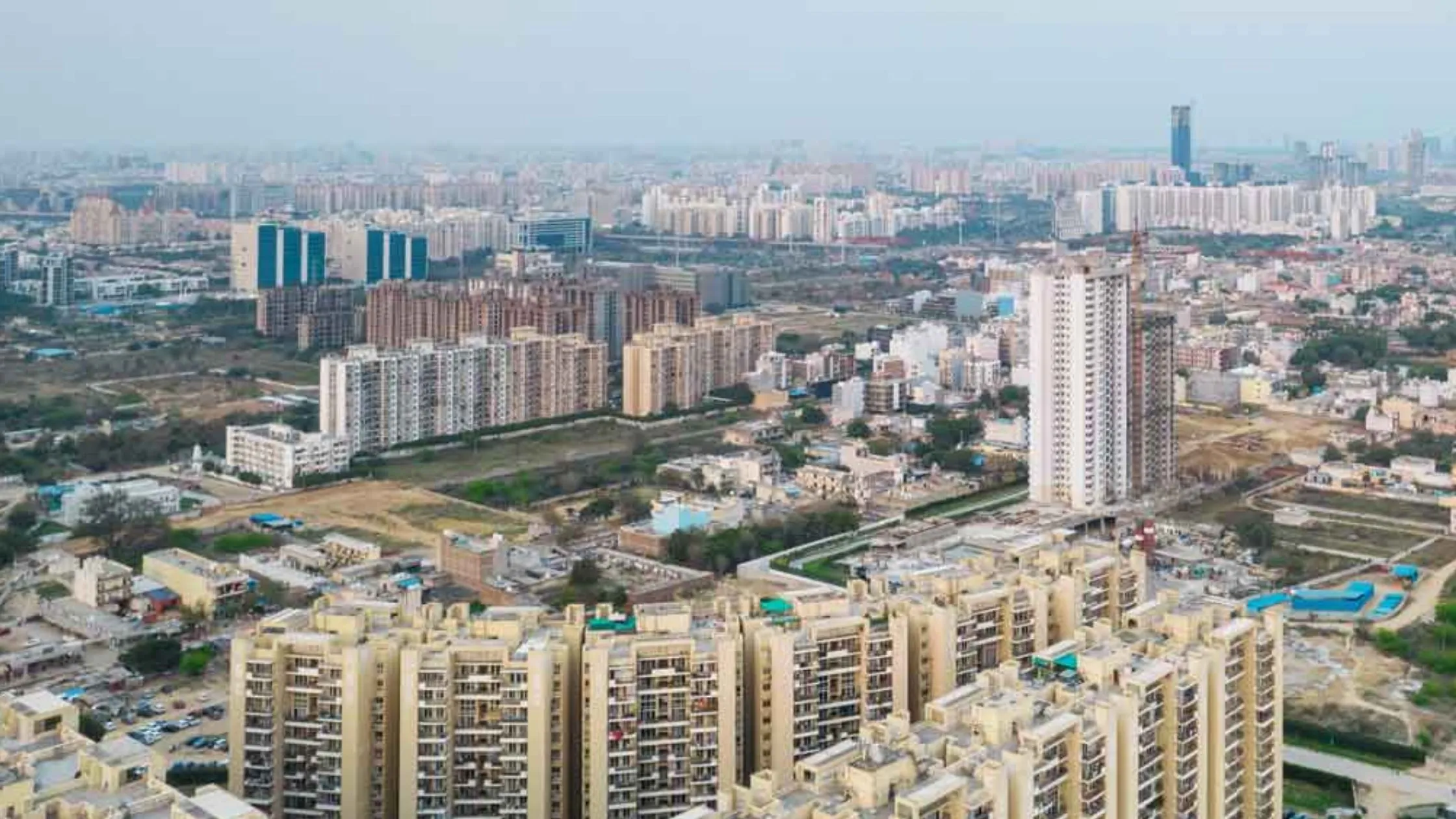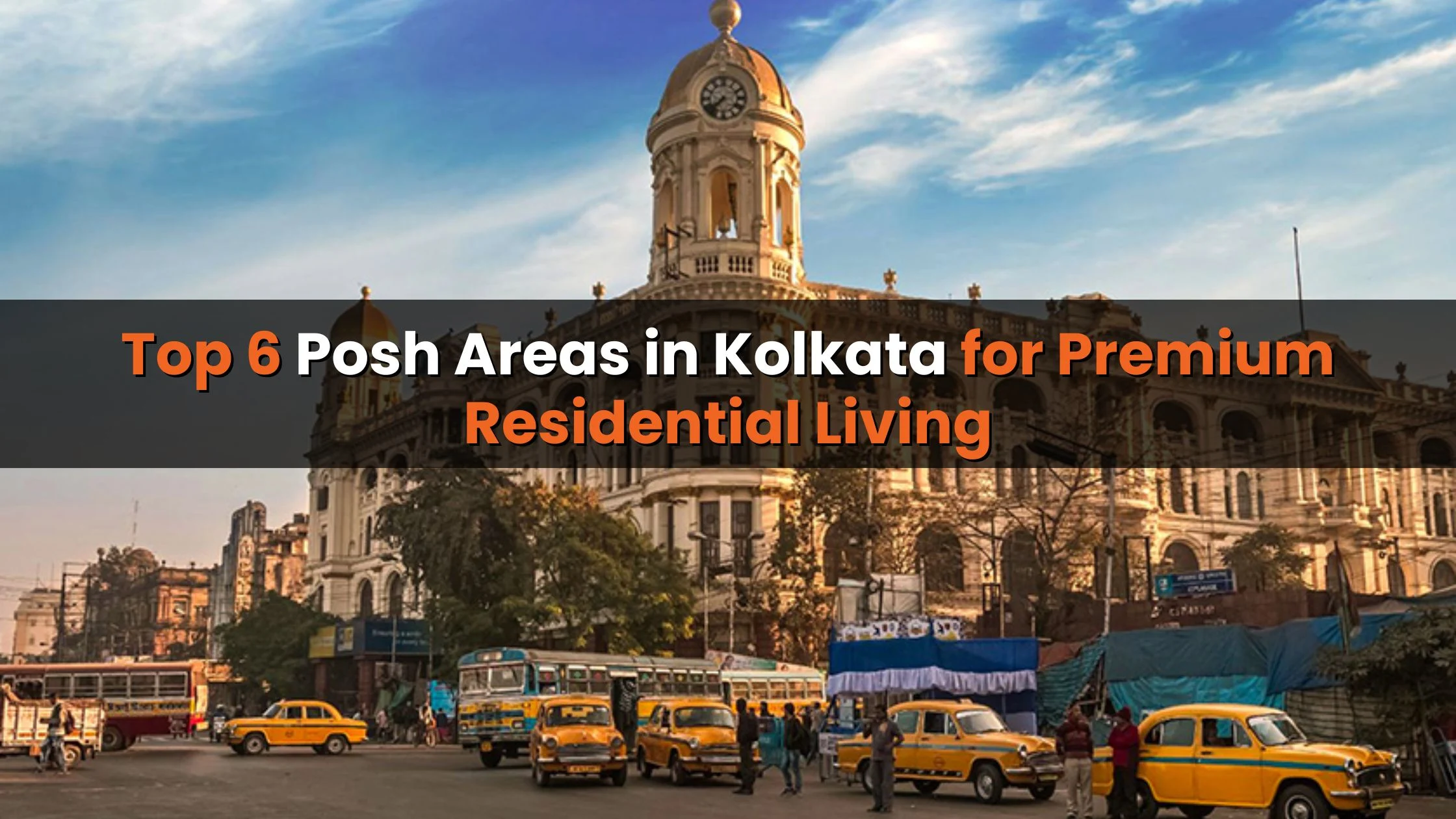Table of Content
- Challenges That Shock the Market
- Delayed Projects and Their Impact
- Cautious Buyers and Developers
- Signs of Improvement
- Other Challenges Holding Back Growth
- A Bright Spot: Commercial Real Estate
- Solutions to Boost the Market
- Governance Changes and Their Impact
- Hyderabad’s Strengths
- What’s Next for Hyderabad’s Real Estate Market?
Hyderabad’s real estate market has been through a rough patch recently. After over a year of slow activity, things are starting to look up, but recovery has been cautious and slow. The past year has been marked by uncertainties, and one major factor behind this is the Hyderabad Disaster Response & Assets Protection Agency (HYDRAA). This agency, while created to protect assets and manage disasters, caused a ripple effect of fear among buyers and investors.
Challenges That Shock the Market
Hyderabad’s real estate market faced multiple challenges, many of which stemmed from the activities of the Hyderabad Disaster Response & Assets Protection Agency (HYDRAA).
HYDRAA was created to protect assets and manage disasters, but its operations caused significant unrest among buyers and investors. For instance:
1. Fear Among Buyers: Many people, including Non-Resident Indians (NRIs) who usually see Hyderabad as a safe investment option, hesitated to buy properties.
2. Uncertainty in Projects: Concerns about whether HYDRAA would intervene in ongoing or planned projects led to delays and distrust.
On top of HYDRAA’s impact, rising home loan interest rates added to buyers’ financial burdens, making it harder for many to afford a home.
Also Read: RERA Haryana Warns Promoters: Submit Reports or Pay ₹5 Lakh
Delayed Projects and Their Impact
Some major infrastructure projects in Hyderabad, like Pharma City and the Raidurg-Shamshabad Metro line, were delayed or canceled. These projects were expected to boost development and increase property demand. Without them, confidence in the market dropped significantly.
- Falling Property Prices: In some areas, property prices fell by up to 10% due to a lack of buyers and a cash crunch.
- Struggles for Builders: Many builders faced delays in construction, struggled to pay their loans, and fell behind on payments to suppliers. This created a ripple effect, further slowing the market.
Cautious Buyers and Developers
The uncertainty didn’t just affect individual buyers. Developers and investors also adopted a “wait and watch” approach, hesitant to make any big moves until the situation stabilized.
Even though the government clarified that HYDRAA wouldn’t act against approved projects, the lingering fear kept many from investing. K. Johnson, a real estate expert in Hyderabad, explained that while some confidence is returning, it’s happening very slowly.
Signs of Improvement
Despite these challenges, there are positive signs. Since October, there has been a noticeable increase in property inquiries and site visits. These are small but significant steps toward recovery, suggesting that buyers are starting to feel more confident.
Experts believe this is just the beginning. As the market continues to stabilize, more people are expected to return, boosting demand for properties across the city.
Other Challenges Holding Back Growth
While HYDRAA played a major role in slowing down the market, several other factors also contributed to the decline.
1. Rising Construction Costs: The cost of building materials has gone up significantly, increasing the overall price of homes.
2. High Land Prices: Land prices in prime locations remain steep, making it harder for developers to build affordable housing.
3. IT Sector Slowdown: Fewer job opportunities in Hyderabad’s IT sector have reduced the purchasing power of many potential buyers.
Also Read: RBI Keeps Repo Rate Steady: Impact on Homebuyers & EMI Relief in 2025
A Bright Spot: Commercial Real Estate
While the residential market has struggled, Hyderabad’s commercial real estate segment is doing well. The city recently surpassed Bengaluru in commercial property leasing, proving its appeal as a business hub.
This growth in commercial real estate highlights Hyderabad’s strong economic foundation and potential for future development.
Solutions to Boost the Market
Experts and industry leaders have proposed several measures to bring Hyderabad’s real estate market back on track.
1. Government Incentives:
- Lowering property registration fees could encourage more people to buy homes.
- Offering discounts or special benefits for women buyers might also boost sales.
2. Focus on Emerging Areas:
Hyderabad’s real estate development has largely been concentrated in the western parts of the city. To grow sustainably, it’s essential to expand to other areas, such as Uppal, Shamshabad, and Mokila.
The government’s ‘Look East’ policy could play a key role in this expansion. This policy aims to improve infrastructure in less-developed areas by building schools, hospitals, markets, and better public transport systems.
3. Decentralized Housing Projects:
Instead of building massive housing projects in one location, developers should consider smaller, spread-out developments. This approach would reduce the strain on local infrastructure and make it easier for buyers to find homes in various parts of the city.
Governance Changes and Their Impact
The recent change in governance in Telangana added another layer of uncertainty to the market. During such transitions, developers and investors often step back to reassess the situation.
However, V. Rajashekhar Reddy, President of CREDAI, remains optimistic. He pointed out that Hyderabad has a strong foundation in both residential and commercial real estate, thanks to its growing IT sector and other industries.
Hyderabad’s Strengths
Despite its challenges, Hyderabad continues to be one of India’s most promising cities for real estate investment. Here’s why:
1. Growing IT Sector: The city remains a hub for major IT companies, attracting professionals and boosting demand for housing.
2. Improving Infrastructure: Projects like new flyovers, metro expansions, and better public transport options make Hyderabad a convenient and attractive place to live.
3. Affordable Housing Options: While some areas are expensive, most parts of Hyderabad still offer homes within reach of middle-class buyers.
What’s Next for Hyderabad’s Real Estate Market?
Experts believe that Hyderabad’s real estate market is on the path to recovery, but it needs strategic efforts to unlock its full potential.
1. Expanding Beyond the West:
Areas like Gachibowli and Madhapur have been the focus of Hyderabad’s real estate growth. It’s time to shift attention to other regions with untapped potential, such as the eastern and southern parts of the city.
2. Affordable Housing Projects:
Developers should prioritize building homes that cater to the middle-income segment. This will help address the affordability concerns that have kept many buyers away.
3. Boosting Buyer Confidence:
Clear communication from the government and developers about project approvals and timelines can help rebuild trust among buyers and investors.
Hyderabad’s real estate market is slowly getting back on track. While challenges like HYDRAA’s impact, high costs, and affordability issues remain, the city has a lot going for it.
The IT sector continues to grow, new industries are coming in, and the city’s infrastructure is improving. All these factors make Hyderabad a great place for long-term real estate investments.
If you’re a buyer or investor waiting for the right time, now might be a good time to start exploring opportunities. Whether you’re looking for a residential property or a commercial space, Hyderabad has something to offer for everyone.
As the market works toward recovery, Hyderabad’s real estate future looks brighter than ever. Keep an eye on this city, it’s set for a strong comeback!
Also Read: Gurgaon Circle Rate to Increase by 10-30% from December 2024



_1767769068.webp)






Ans 1. HYDRAA, or Hyderabad Disaster Response & Assets Protection Agency, created uncertainty among buyers and investors, slowing the market’s growth.
Ans 2. Emerging regions like Uppal, Shamshabad, and Mokila are gaining attention for affordable housing projects under the ‘Look East’ policy.
Ans 3. Hyderabad has surpassed Bengaluru in commercial property leasing, showcasing its strong business potential.
Ans 4. Government incentives, expanding to new areas, and focusing on affordable housing projects can help improve the market.
Ans 5. Yes, with the market recovering and opportunities in both residential and commercial segments, it’s a promising time to invest.